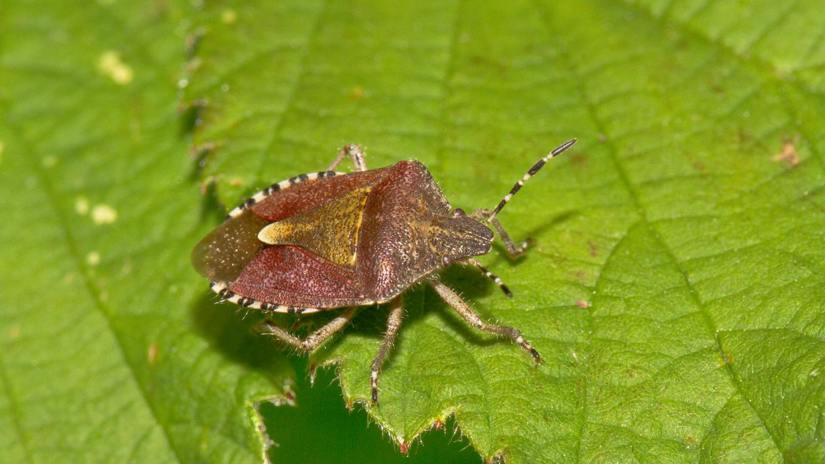
Credit: Amy Lewis / WTML
What do hawthorn shieldbugs eat?
Hawthorn shieldbug nymphs feed on ripening haws, the fruit of the hawthorn tree. They also eat rowan and whitebeam berries.
Adults feed on hawthorn leaves, a habit that earned the species its name.






